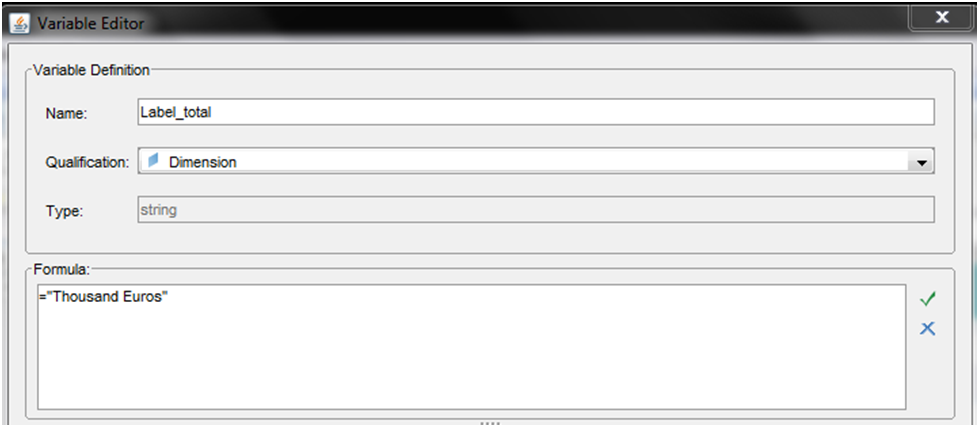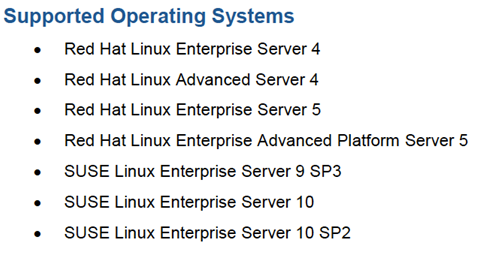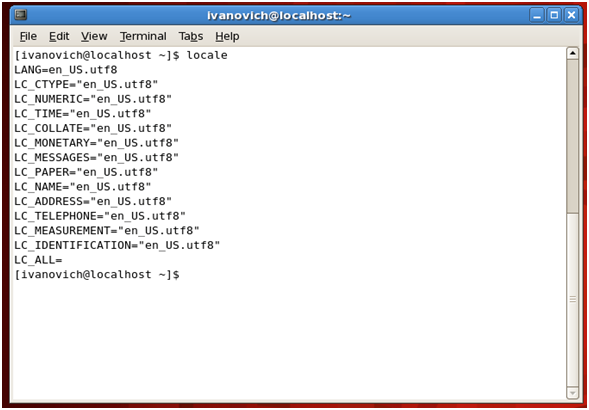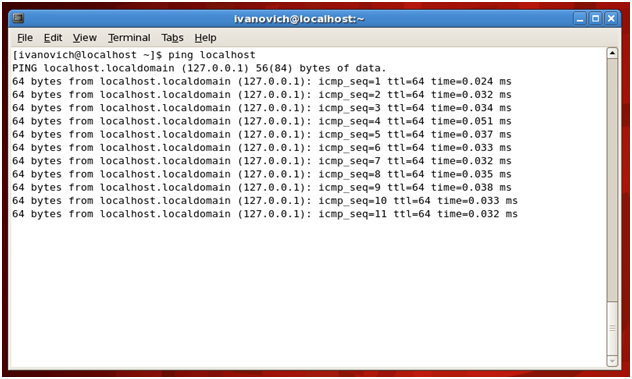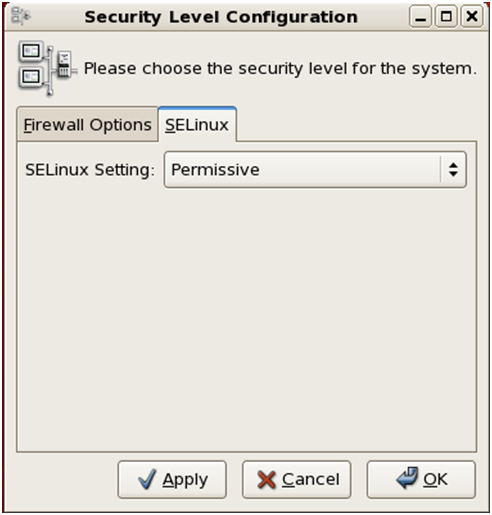In our day-to-day life we are exposed to many purchasing decisions. Going to the supermarket to get some food or buying widgets in an internet shop is no longer a quick and easy task. The diversification of vendors forces us to go through a conscious or unconscious decision making process. It is always interesting to study the reasoning that leads to an action, especially for marketing people, and it is a social phenomenon in constant evolution, ranging from the traditional word of mouth to the most modern surfing of internet forums.
The same happens when a company has the opportunity to make a BI investment and has to choose a vendor that fulfills their particular needs. There are some specialized consulting companies that carry out complex market studies, but the feedback received from clients or contacts is just as influential to the decision making process.
This blog article is focused on the latest studies from Gartner and Forrester regarding SAP BusinessObjects.
The Forrester Wave: Enterprise Business Intelligence Platforms, released during the last quarter of 2010, considers SAP BusinessObjects to be leading the market together with IBM Cognos, Oracle and Information Builders, followed by SAS, Microsoft and MicroStrategy close behind. The 145 criteria used correspond to vendor surveys, product demos and customer reference surveys. The end result is a graph that situates BI vendors in relation to their current offering and strategy.
SAP BusinessObjects is recognized as having very good BI tools for each job:
Crystal Reports as top report writer embedded in thousands of applications;
Explorer as a combination of the power of OLAP and the simplicity of search, exploration and analysis;
SAP BusinessObjects Dashboards is very popular amongst executives that can visualize the generated flash in disconnected mode and no SAP software installed;
BEx being still the most widely used and popular query and analysis tool for SAP BW users;
Business Warehouse Accelerator with the speed of in-memory database to provide a powerful DBMS optimized for BI;
SAP is also leading in self-service BI software as a service (SaaS) offerings.
According to Forrester, the downside of having all these tools is a poor product integration and a lack of object reuse from product to product, which is supposed to be improved with the new release BI 4.0 in Q1 2011.
Gartner’s Magic Quadrant for Business Intelligence Platforms, released in enero 2011, considers the same leader vendors as Forrester and also adds QlikTech thanks to its recent continued growth. It uses standard criteria divided into two categories: completeness of vision and ability to execute. According to the study, a good strength is to have the largest share of the BI platform market (combination of SAP NetWeaver BW and SAP BusinessObjects) with an installed base over 46,000 customers and one of the largest channel and services ecosystems. Reporting and ad-hoc querying capabilities were rated high by customers, whereas other SAP NetWeaver BW tools were below the market average. However, in regards to OLAP, BEx Analyzer seems to be more widely used than Voyager. The complements to the BI platform are also seen as positive: collaboration and decision support (StreamWork), Text Analysis, search-based data exploration with its Explorer product, and the enterprise information management products with data integration, lineage & impact analysis, and data quality. The vision for an in-memory appliance, HANA, promises to solve many of the perennial performance issues of large complex BI deployments in general (given its SQL and MDX access for third-party BI tools) and SAP BW in particular. As also reported by Forrester, SAP has been one of the first of the leading BI vendors to introduce a SaaS offering, BusinessObjects OnDemand BI. In addition, SAP has also made investments in mobile BI with its Sybase acquisition and the SAP BusinessObjects Explorer iPhone/iPad application.
In the cautions part of the report, Gartner mentions some concerns that customers have about the roadmap after product changes to support optimizations with the SAP Business Applications and NetWeaver BW products, and also a perceived higher cost of ownership. Migration, implementation and integration choices are reported to be confusing by some customers. Finally, ratings for support, software quality and sales experience are unfortunately low compared to other vendors in the survey. This is currently being address by SAP; they are giving more and more importance to Channel Partners like Clariba, which can provide high quality uninterrupted support, much more aligned to the customer needs.
If you have any questions or comments about the Gartner or Forrester summaries mentioned in this article, or would like more information about Clariba’s SAP BusinessObjects services, please leave a comment below or contact us at info@clariba.com.














